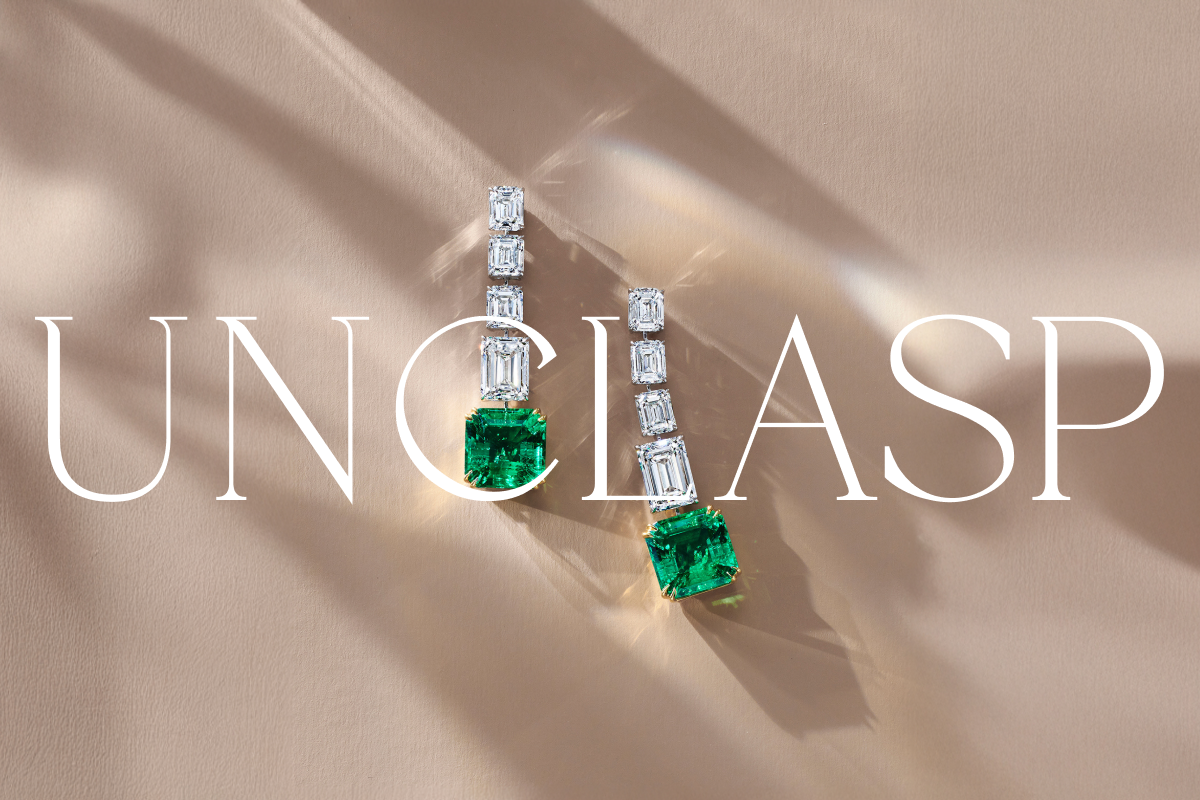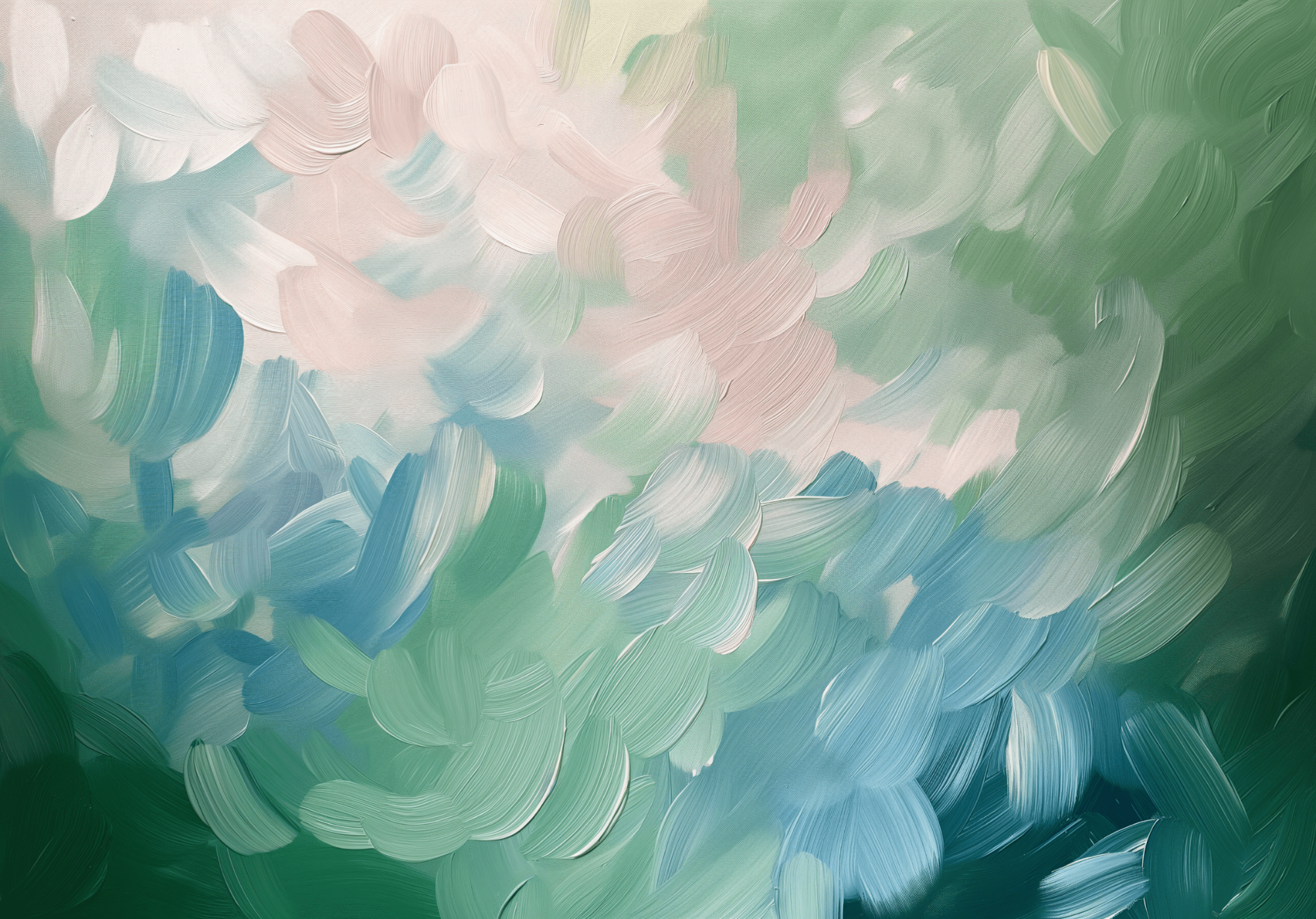Diamond Cut Buying Guides
Pear Diamond Buying Guide
Pear cut diamonds elegantly blend the brilliance of round cuts with the distinctive tapered shape of marquise cuts, creating a striking, teardrop-shaped diamond. Known for their flattering shape, pear diamonds visually appear larger than round diamonds of the same carat weight, making them an attractive choice for engagement rings.
When selecting a pear cut diamond, consider a color grade of G or better for white metal settings and J or K for yellow gold or vintage styles. For clarity, SI1 diamonds offer excellent value, often appearing eye-clean, although higher grades may be necessary depending on personal preference and availability.
Regarding symmetry, it is important to make sure the apex is centred on the diamond. A pear shaped diamond should have gently rounded shoulders and wings, and shoulders should create attractive arches. Uneven shoulders or uneven wings can detract from the overall impression of the stone.

It's essential to consider the "bowtie effect"—a potential dark area across the diamond's center—and select stones carefully to minimize its visibility. The bowtie is caused by light leakage, caused by misalignment of facets. Within this dark area, light is entering the diamond and exiting via the pavilion instead of reflecting back to the eye. Thus creating the dark area you see when you view the diamond.
Recommended Pear Cut Diamond Proportions:
| Grade | Table % | Depth % | Girdle | Cutlet | Length/Width Ratio |
| Excellent | 57-62 | 58-64 | Thin - Thick | None | 1.50 - 1.75 |
| Very Good | 55-63 | 56-67.5 | Very Thin – Thick | Very Small | 1.40-1.60 |


